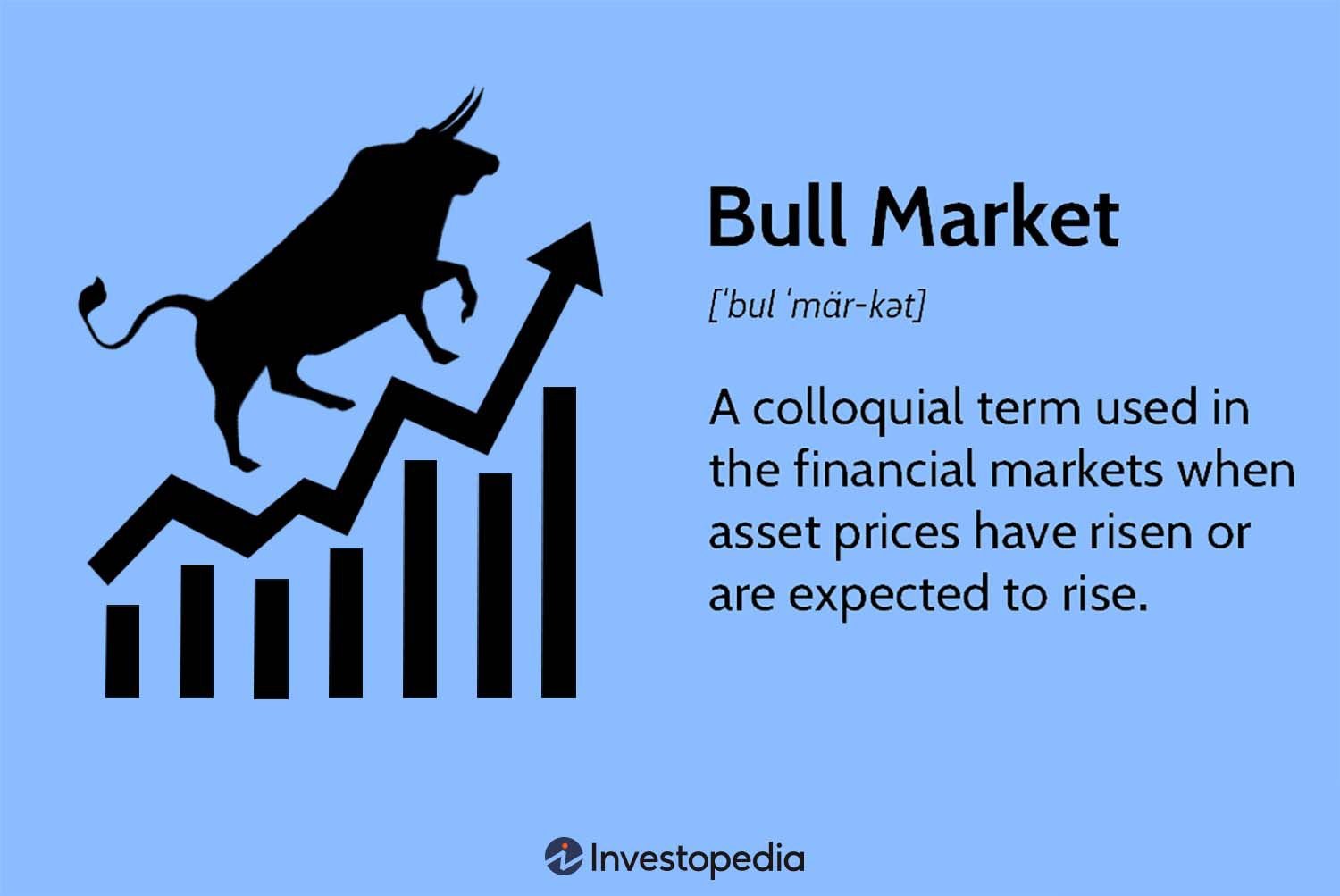Looking to diversify your investment portfolio properly? You’ve come to the right place! In this blog article, we will guide you through the steps necessary to achieve a well-diversified portfolio that maximizes your returns while minimizing risk. By spreading your investments across various asset classes, sectors, and geographic regions, you can protect yourself against potential downturns and take advantage of different market opportunities. So, if you’re ready to learn how to diversify your investment portfolio properly, let’s dive right in!
How to Diversify Your Investment Portfolio Properly
Introduction
Diversification is a crucial strategy for investors to manage risk and potentially increase returns in their investment portfolios. A diversified portfolio allows individuals to spread their investments across various asset classes, industries, and geographic regions, reducing their exposure to any single investment. In this article, we will explore the importance of diversification and provide practical tips on how to diversify your investment portfolio properly.
The Benefits of Diversification
Diversification offers several key benefits for investors:
1. Risk Reduction: By diversifying your investments, you lower the risk of losing a significant portion of your portfolio if one investment performs poorly. When one investment falters, others may still perform well, mitigating the impact on your overall portfolio.
2. Potential for Higher Returns: Diversification enables you to capture potential growth opportunities across different asset classes and industries. While some investments may underperform, others may outperform, resulting in an overall positive return for your portfolio.
3. Protection Against Economic Changes: Different asset classes and sectors perform better during different phases of the economic cycle. Diversifying allows you to have exposure to a mix of assets that can perform well under varying market conditions, reducing the risk of being heavily impacted by economic changes.
4. Peace of Mind: Knowing that your portfolio is diversified can provide peace of mind, as you are less reliant on the performance of a single investment. This can help you stay focused on your long-term investment goals and avoid making impulsive decisions based on short-term market fluctuations.
How to Diversify Your Investment Portfolio
Diversifying your investment portfolio properly requires careful planning and consideration. Here are some key steps to follow:
1. Determine Your Investment Goals and Risk Tolerance
Before diving into portfolio diversification, it’s essential to understand your investment goals and risk tolerance. Ask yourself:
- What are your financial objectives? Are you investing for retirement, a down payment on a house, or other long-term goals?
- What is your tolerance for risk? Are you comfortable with short-term fluctuations in your portfolio value, or do you prefer more stable investments?
Understanding your goals and risk tolerance will guide your diversification strategy.
2. Allocate Assets Across Different Asset Classes
One of the primary ways to diversify is by allocating your investments across different asset classes. Common asset classes include:
- Stocks: Investing in individual stocks or equity funds provides potential for higher returns but also carries higher risk.
- Bonds: Bonds are generally considered less risky than stocks and provide income through periodic interest payments.
- Real Estate: Real estate investments can provide both income and potential appreciation, offering a hedge against inflation.
- Commodities: Investing in commodities like gold, oil, or agricultural products can provide diversification benefits as their performance is often not directly correlated with other asset classes.
- Cash and Cash Equivalents: Holding cash or cash equivalents such as money market funds can provide stability and liquidity.
By allocating your investments across these different asset classes, you reduce the risk of exposure to a single asset class.
3. Diversify Within Each Asset Class
Once you have allocated assets across different asset classes, it’s important to further diversify within each asset class. For example:
- Stocks: Spread your stock investments across different industries and geographic regions. Investing in a mix of large-cap, mid-cap, and small-cap stocks can also add diversification within the stock asset class.
- Bonds: Diversify your bond investments by investing in bonds with different maturities, credit ratings, and issuers.
- Real Estate: Consider investing in different types of real estate properties, such as residential, commercial, or industrial properties, to diversify your exposure to the real estate market.
Diversifying within each asset class helps minimize the impact of any single investment’s performance on your overall portfolio.
4. Consider Geographic Diversification
Geographic diversification involves investing in different countries or regions. A global approach to investing can help mitigate the risk of being overly exposed to the performance of a single country or economy. Factors to consider when diversifying geographically include:
- The economic stability of the countries you are considering
- The growth potential of different regions
- The currency risk associated with international investments
By diversifying geographically, you can potentially benefit from growth opportunities in different parts of the world while reducing the risk of being heavily impacted by a single country’s economic conditions.
5. Regularly Review and Rebalance Your Portfolio
Diversification is not a one-time event but an ongoing process. It’s important to regularly review your portfolio and rebalance it if needed. Rebalancing involves adjusting your portfolio’s asset allocation to maintain your desired diversification. Factors to consider when rebalancing include:
- Evaluating the performance of your investments
- Assessing any changes in your financial goals or risk tolerance
- Considering the market conditions and economic outlook
Regularly reviewing and rebalancing your portfolio ensures that it remains aligned with your investment objectives and helps you stay on track to achieve your long-term goals.
Diversification is a crucial strategy for investors to minimize risk and potentially enhance returns in their investment portfolios. By allocating assets across different asset classes, diversifying within each asset class, and considering geographic diversification, investors can build a well-rounded portfolio that can weather market fluctuations and provide long-term growth. Remember to regularly review and rebalance your portfolio to maintain your desired diversification. With a properly diversified investment portfolio, you can position yourself for financial success and achieve your investment goals.
Ray Dalio’s All Weather Portfolio: How To Properly Diversify Your Investments And Lower Risk
Frequently Asked Questions
Frequently Asked Questions (FAQs)
How can I diversify my investment portfolio properly?
Diversifying your investment portfolio properly involves spreading your investments across different asset classes and sectors. Here are some steps to help you achieve a diversified portfolio:
Which asset classes should I consider for diversifying my investment portfolio?
When diversifying your investment portfolio, it’s important to consider a mix of asset classes such as stocks, bonds, real estate, and commodities. This ensures that your portfolio is not overly exposed to the risks of a single asset class.
How many different stocks or bonds should I include in my portfolio?
The number of stocks or bonds you should include in your portfolio depends on various factors such as your risk tolerance, investment goals, and the size of your portfolio. Generally, a well-diversified portfolio should have a mix of different stocks or bonds, typically ranging from 20 to 30, to reduce the risk associated with individual holdings.
Should I consider investing internationally to diversify my portfolio?
Yes, investing internationally can help diversify your investment portfolio. By including assets from different countries, you can reduce the impact of regional economic downturns and take advantage of global growth opportunities. However, it’s important to research and understand the risks and regulations associated with international investing.
What is the role of asset allocation in portfolio diversification?
Asset allocation is the process of dividing your investment portfolio among different asset classes. It plays a crucial role in portfolio diversification as it helps balance risk and potential returns. By allocating your investments across various asset classes, you can reduce the impact of any single investment on your overall portfolio performance.
Is it necessary to rebalance my portfolio regularly for proper diversification?
Yes, regular portfolio rebalancing is necessary for proper diversification. As the value of different investments in your portfolio changes over time, your asset allocation can deviate from your desired target. Rebalancing involves adjusting your portfolio by buying or selling assets to maintain the desired asset allocation and ensure proper diversification.
Should I consider investing in alternative assets for portfolio diversification?
Investing in alternative assets, such as private equity, hedge funds, or real estate investment trusts (REITs), can enhance portfolio diversification. These assets often have lower correlation with traditional asset classes and can provide additional sources of returns. However, it’s important to carefully evaluate the risks and potential rewards of these alternative investments.
How can I monitor the performance of my diversified portfolio?
Monitoring the performance of your diversified portfolio is essential to ensure it aligns with your investment goals. You can track the performance of each asset class, review the overall portfolio returns, and compare them with relevant benchmarks. Regularly reviewing your portfolio helps you identify any necessary adjustments or rebalancing needed to maintain proper diversification.
Final Thoughts
Diversifying your investment portfolio properly is essential to mitigate risk and maximize returns. By spreading your investments across different asset classes, industries, and geographies, you can reduce the impact of any single investment’s performance on your overall portfolio. Aim to allocate your assets based on your risk tolerance, investment goals, and time horizon. Consider diversifying across stocks, bonds, real estate, commodities, and alternative investments. Regularly review and rebalance your portfolio to ensure it remains diversified. Seek professional advice if needed to help you navigate the complexities of diversification. By following these strategies, you can enhance your chances of achieving long-term investment success.



